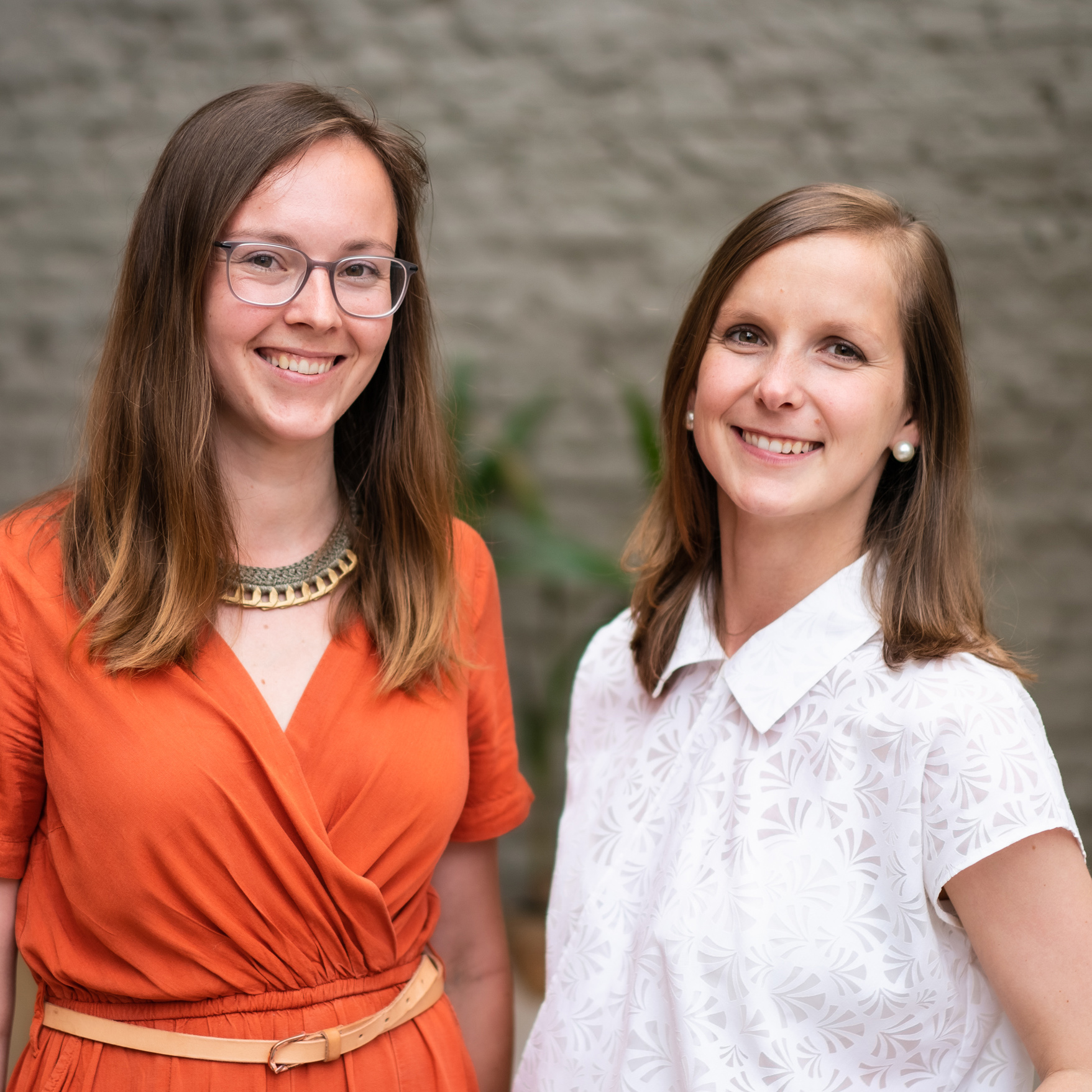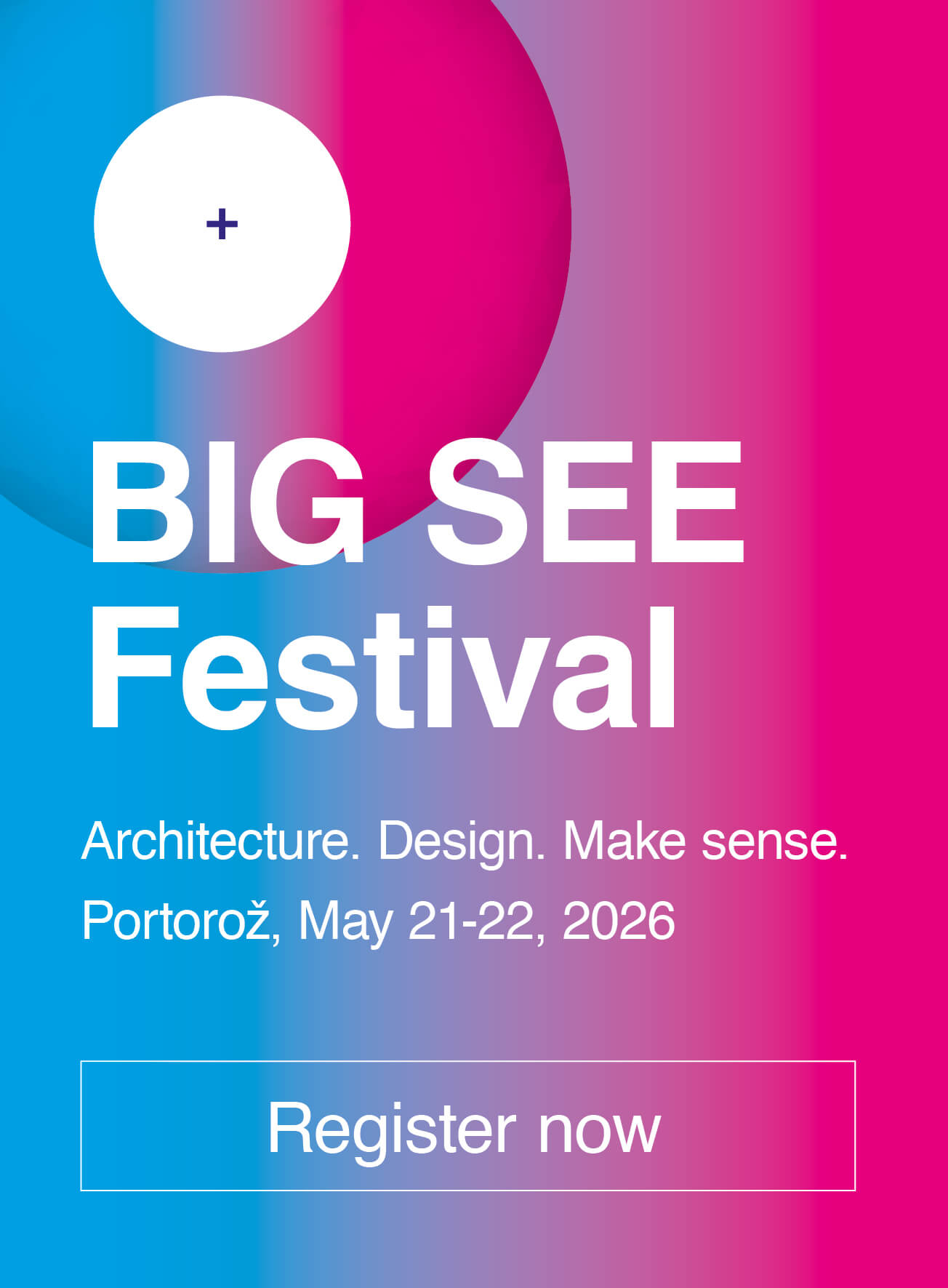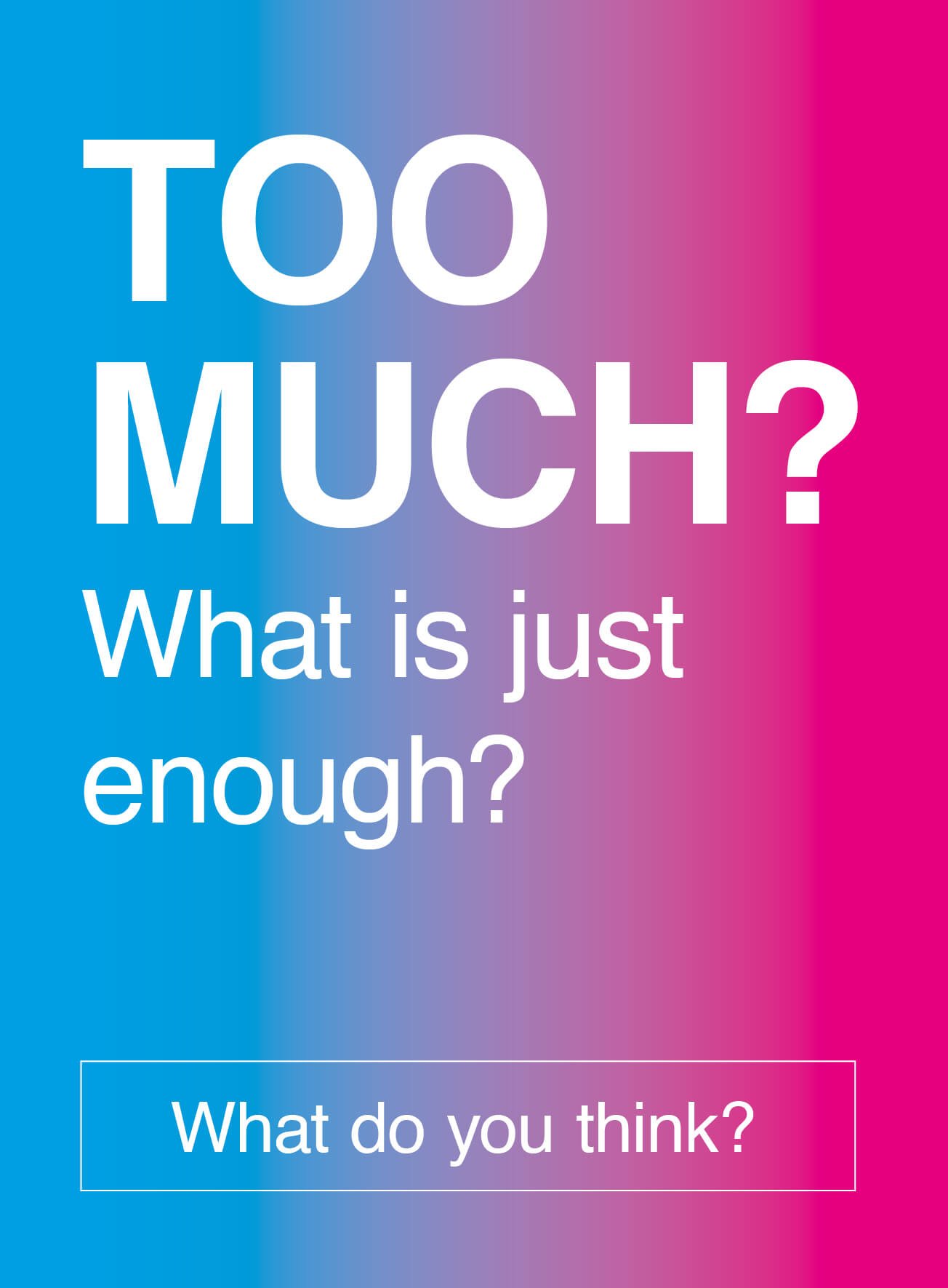Unconditional collaboration and sharing
I want to open this article with the following statement by Richard Sennett: “What’s stayed constant is capital’s desire to make a city into a product, which can be understood and sold as a package rather than a process. As a result, developers buy and trade specifications. There’s no interest under capitalism in investing in places. […] Urbanism remains an exercise in monopoly capital, whether it’s national or global.”¹
Cities are becoming a production machine, washing away any spark of authentic life for which in my opinion they were created to be a holder of. By authentic life I mean people being able to live freely, express their ideas and to make and shape space as they please, together with other citizens. Pablo Sendra criticises urban renewal processes in the interview with Leo Hollis as those which are “taking out the soul of the city by imposing certain orders.”² What cities should do instead is put together all the differences that users bring them, even if they are contradictory or in conflict.
On the other hand, the tendency of transforming space into Junkspace, as Rem Koolhaas would out it, is another problem. In his text he wrote the following: “Junkspace is a Bermuda Triangle of concepts, a Petri dish abandoned… […] More and more, more is more. […] Junkspace always changes, but it never evolves. […] Because it cannot be grasped, Junkspace can not be remembered. It is flamboyant yet unmemorable, like a screen saver, its refusal to freeze insuring instant amnesia. […] Junkspace is a web without a spider.”³
So on one side we have this big dark force of feeble-minded investments, construction addiction and meaningless space, and on the other side there’s not just a need but also an urgency to rethink this whole situation. The Rethink Architecture initiative is one of those practices that are actively working on changing the space with help of great educational approaches. Karolína Barič and Kateřina Eklová are co-founders of the initiative. Karolína is an expert in sustainable buildings and an accredited specialist in LEED, BREEAM and WELL certification. She also co-founded ZERO Architecture, a firm dedicated to sustainable building design and consulting sustainability in the construction industry. She has worked as a sustainability coordinator for an international development firm, as a researcher at the University Centre for Energy Efficient Buildings at the Czech Technical University (CTU), and as a project manager and board member at the Czech Green Building Council. Kateřina is an expert in sustainable buildings and architecture. At the CTU’s Faculty of Civil Engineering she is doing her PhD research on sustainable building from the economic, environmental and social perspectives, and teaches development, economics and management. She has worked as a developer in commercial and residential development in the Czech Republic and abroad. Her vision is to transform the building industry into a sustainable one that contributes to people and the environment.
Karolína and Kateřina’s main goal is to educate and connect architects and investors to create sustainable buildings and neighbourhoods. By introducing the principles and benefits of sustainable architecture in all three pillars of sustainability – environmental, economic and social – they take a stand in favour of better future. In 2019 they successfully pursued careers in prominent companies in sustainability and real estate development. However, it soon became clear to them that there is still a lot of work to be done with regard to sustainability in architecture and construction. They think that the reason for this is not a lack of interest or opportunity, but, as they have written: “Even professionals in the field did not yet have a coherent know-how or it was fragmented among people with different backgrounds who were not used to collaborating with each other. Managers did not perceive the environmental, economic or social value of sustainable solutions. And the topic has not received sufficient attention in public, professional or academic debate.”⁴ With their regular lectures, they are trying to encourage an interdisciplinary principle where the experts unconditionally collaborate and share knowledge with each other. Faced with these challenges, Karolina and Katerina have built a multidisciplinary team of experts who give lectures, publish eBooks and conduct educational workshops on sustainability for companies and the public. To date, their lectures have been attended by over 1,000 people and have over 30,000 online views. As a team they have held in-house workshops for developers and construction companies, and more than 120 participants have attended these workshops.
¹ Pablo Sendra and Richard Sennett, Designing disorder: experiments and disruptions in the city (London: Verso, 2020), 123.
² Ibid, 124.
³ A. Krista Sykes, ed. Constructing a New Agenda for Architecture: architectural theory (New York: Princeton Architectural Press, 2010), 137-142.
⁴ Karolína Barič and Kateřina Eklová, “O nás,” Rethink Architecture, March 14, 2024.
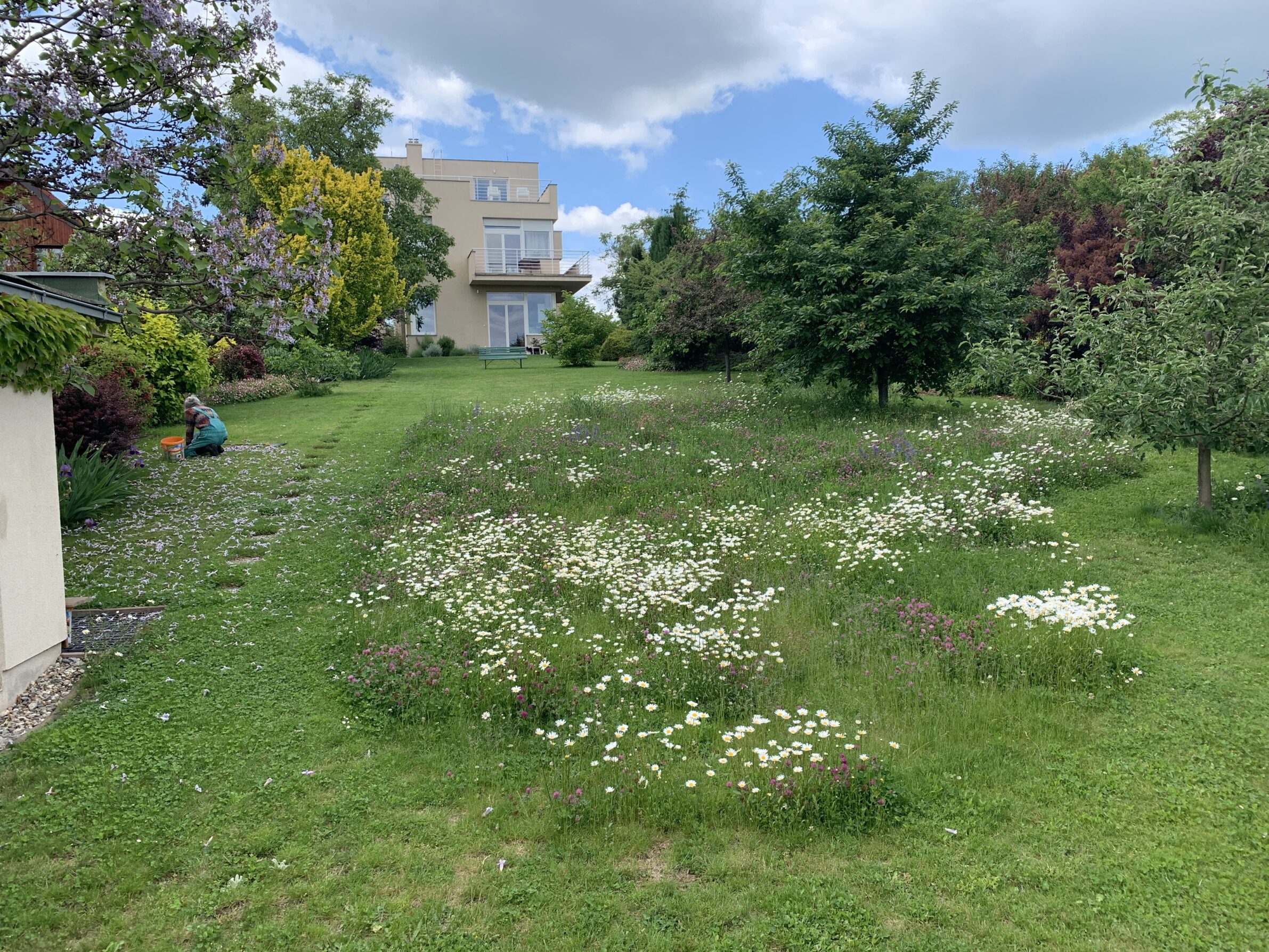
Meadow with wild flowers by the family house. Photo: Kateřina Eklová
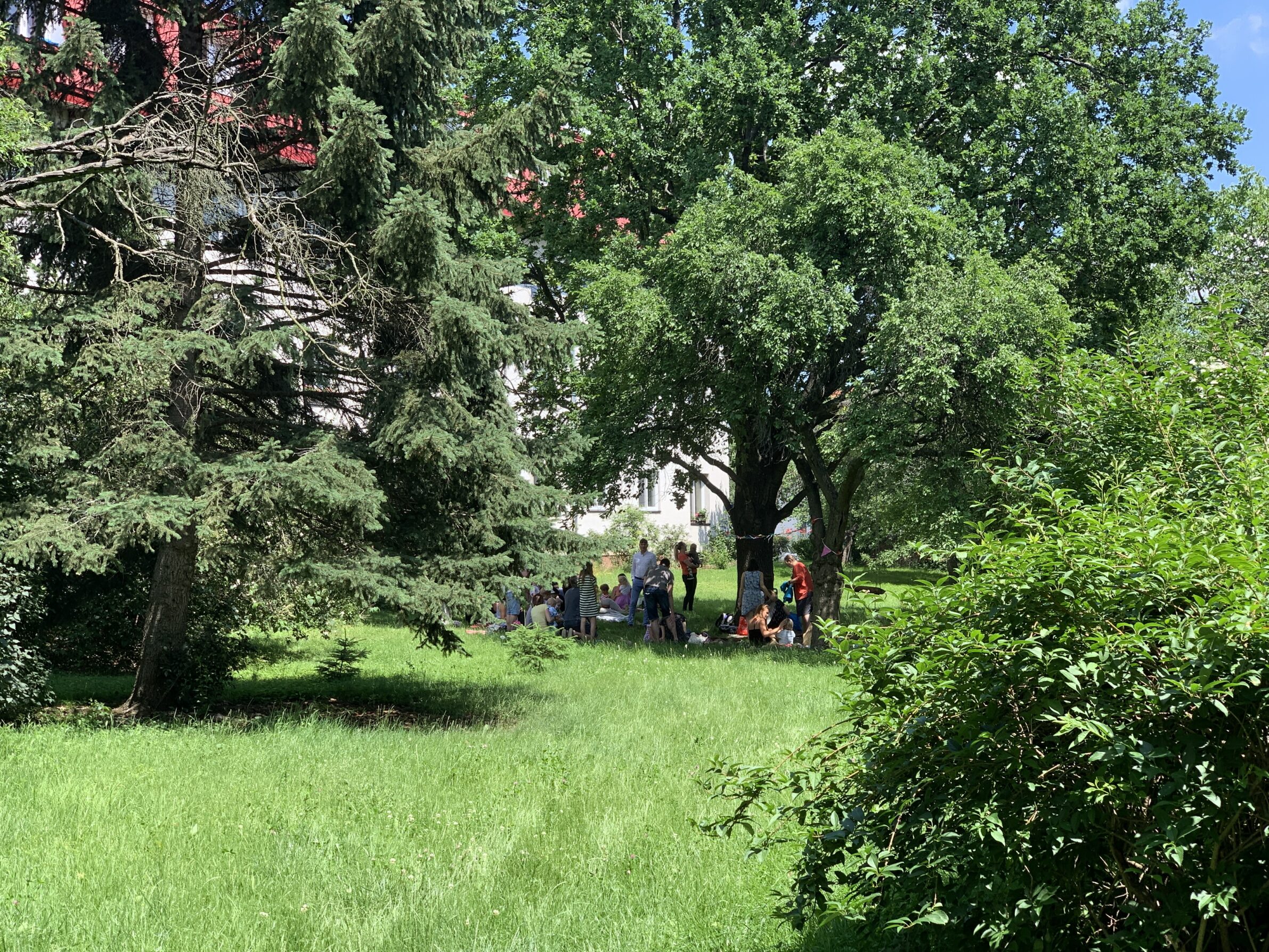
Neighborhood celebration in public space. Photo: Kateřina Eklová
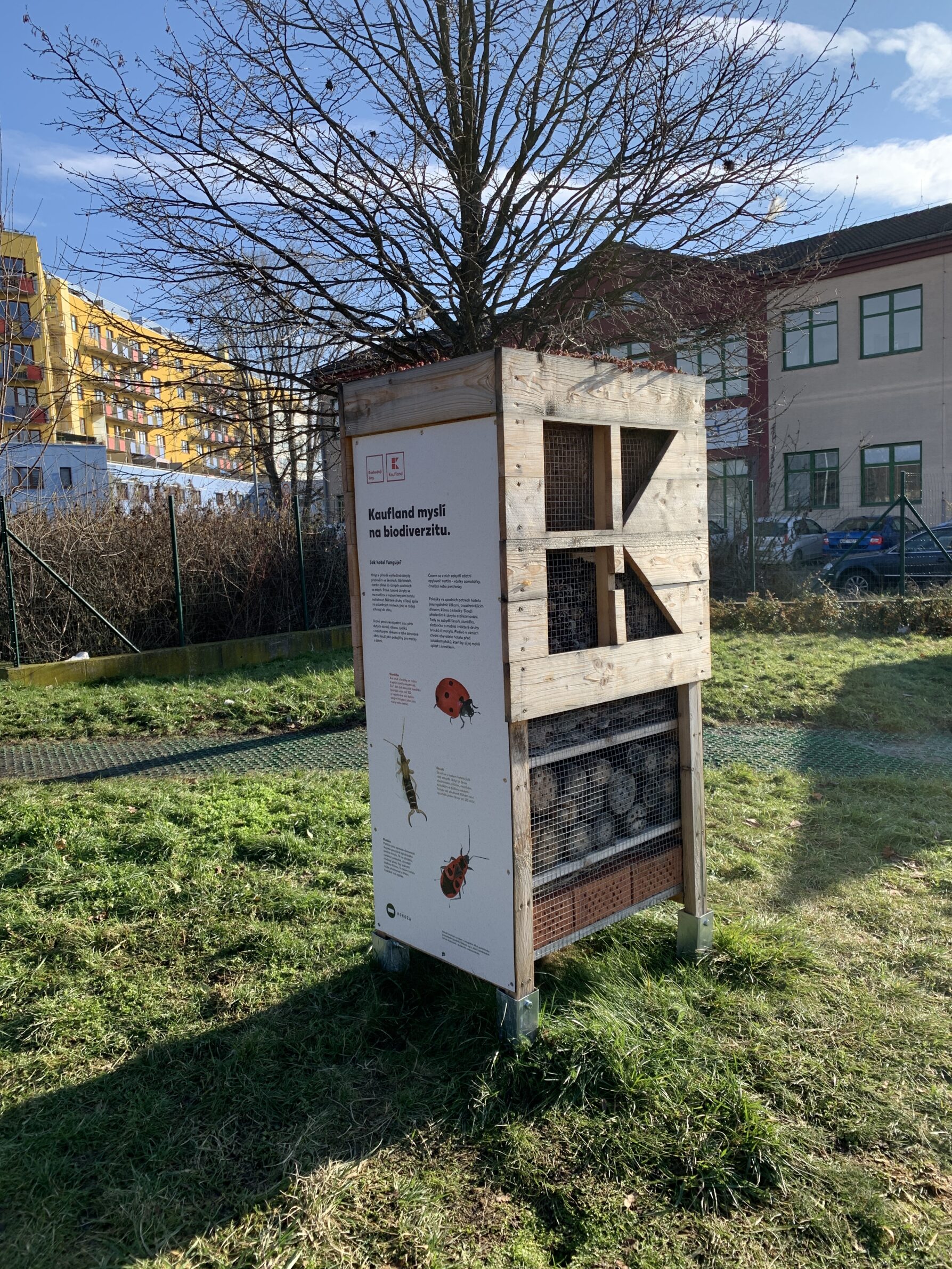
Insect Hotel, Kokoza. Photo: Kateřina Eklová
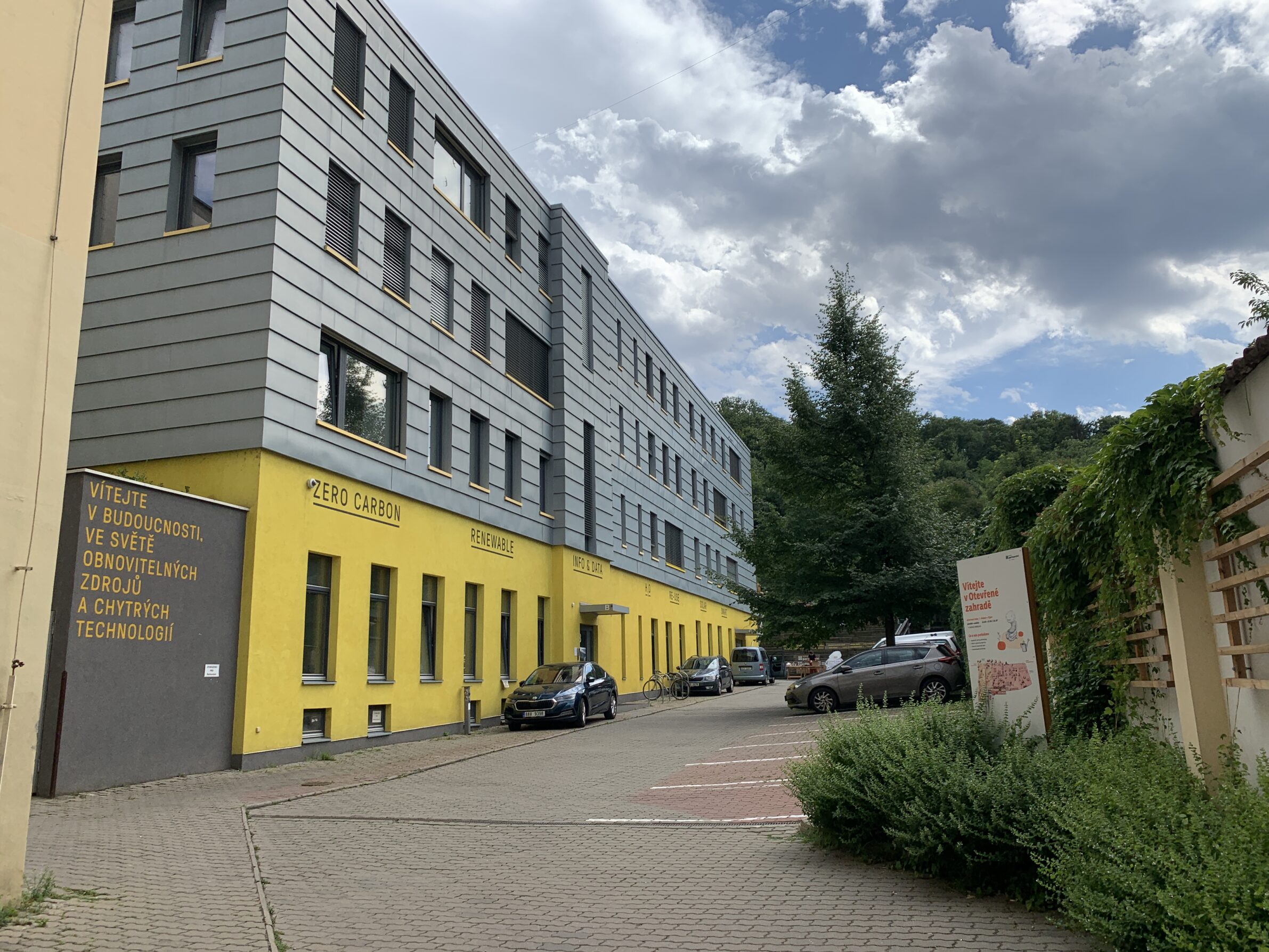
Headquarters of Nadace Partnerstvi (Czech Environmental Partnership Foundation), Brno, 2013, the first zero carbon administrative complex in the Czech Republic with the Open Garden Education Centre. Authors: Adam Halíř; Lucie Komendová & Klára Nepustilová; Marek Kundrata & Ivo Stolek; Petr Korecký. Photo: Kateřina Eklová
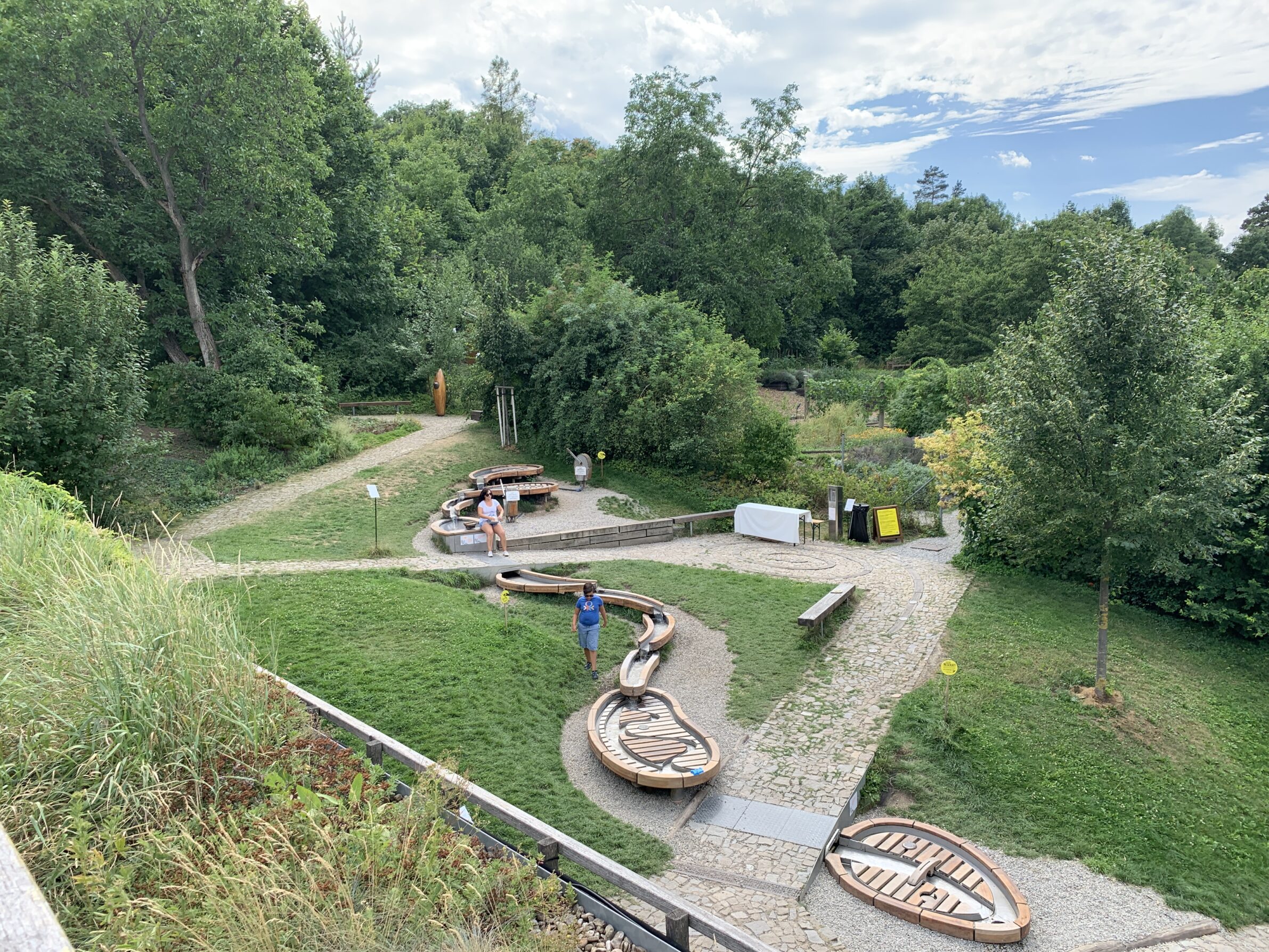
To ensure our cities flourish socially, spatially, and in harmony with the environment, we must drastically alter the narratives and priorities of how and why we build things. We need to be more discerning and safeguard the architectural profession from the sway of capitalism. In order to finish my thoughts on this subject, I want to highlight another important idea from Sennett. “The city is the instrument of impersonal life, the mould in which diversity and complexity of persons, interests, and tastes become available as social experience. […] The extent to which people can learn to pursue aggressively their interests in society is the extent to which they learn to act impersonally. The city ought to be the teacher of that action, the forum in which it becomes meaningful to join with other persons without the compulsion to know them as persons. I don’t think this is an idle dream; the city has served as a focus for active social life, for the conflict and play of interests, for the experience of human possibility, during, most of the history of civilized man. But just that civilized possibility is today dormant.”⁵
⁵ Richard Sennett, “Tyranny of Intimacy,” in The Fall of Public Man (New York: W. W. Norton & Company, 2017), 339-340.
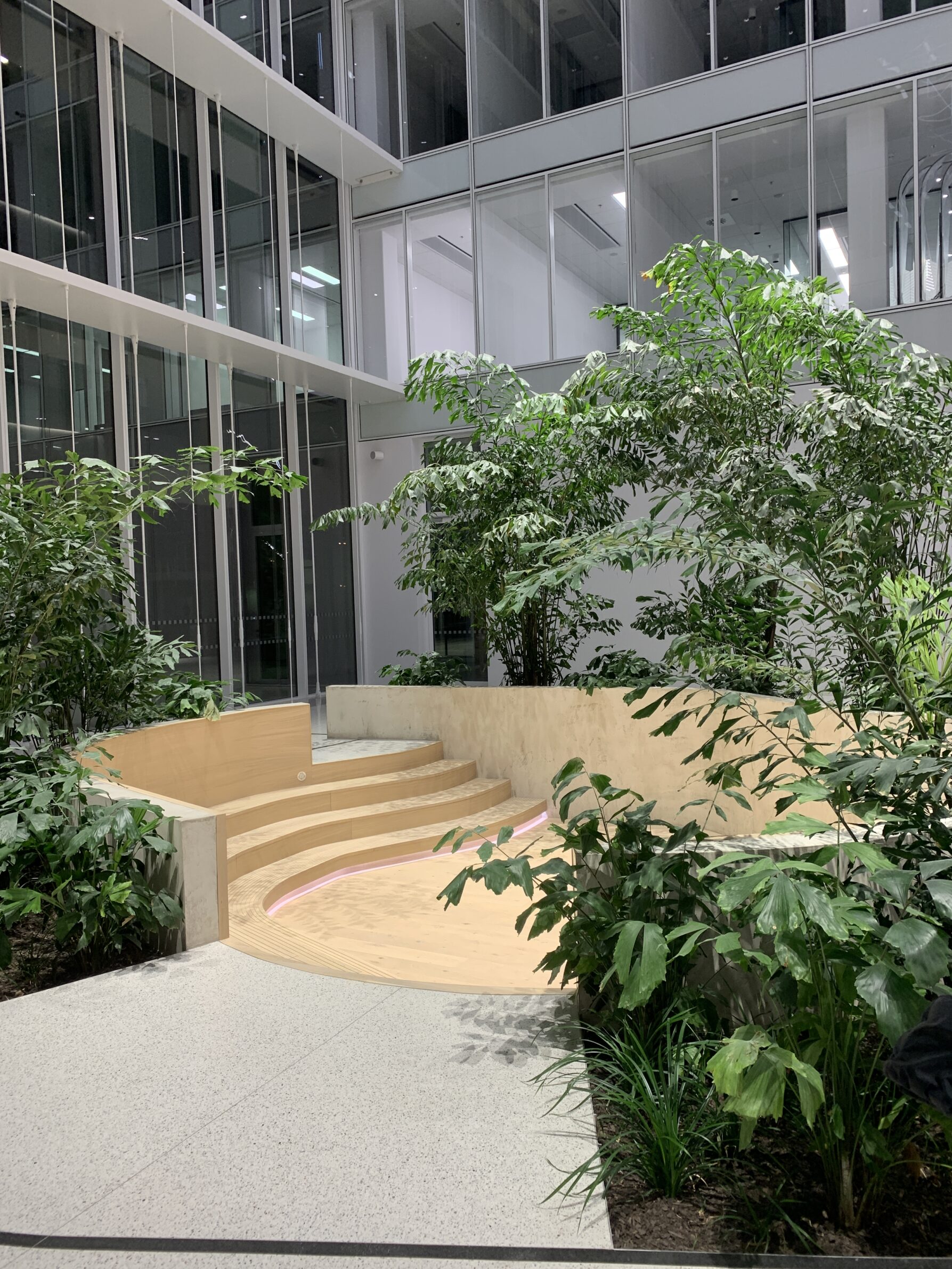
Parkview administrative building, Prague, 2018-2020. Authors: Richard Meier & Partners Architects. Photo: Kateřina Eklová
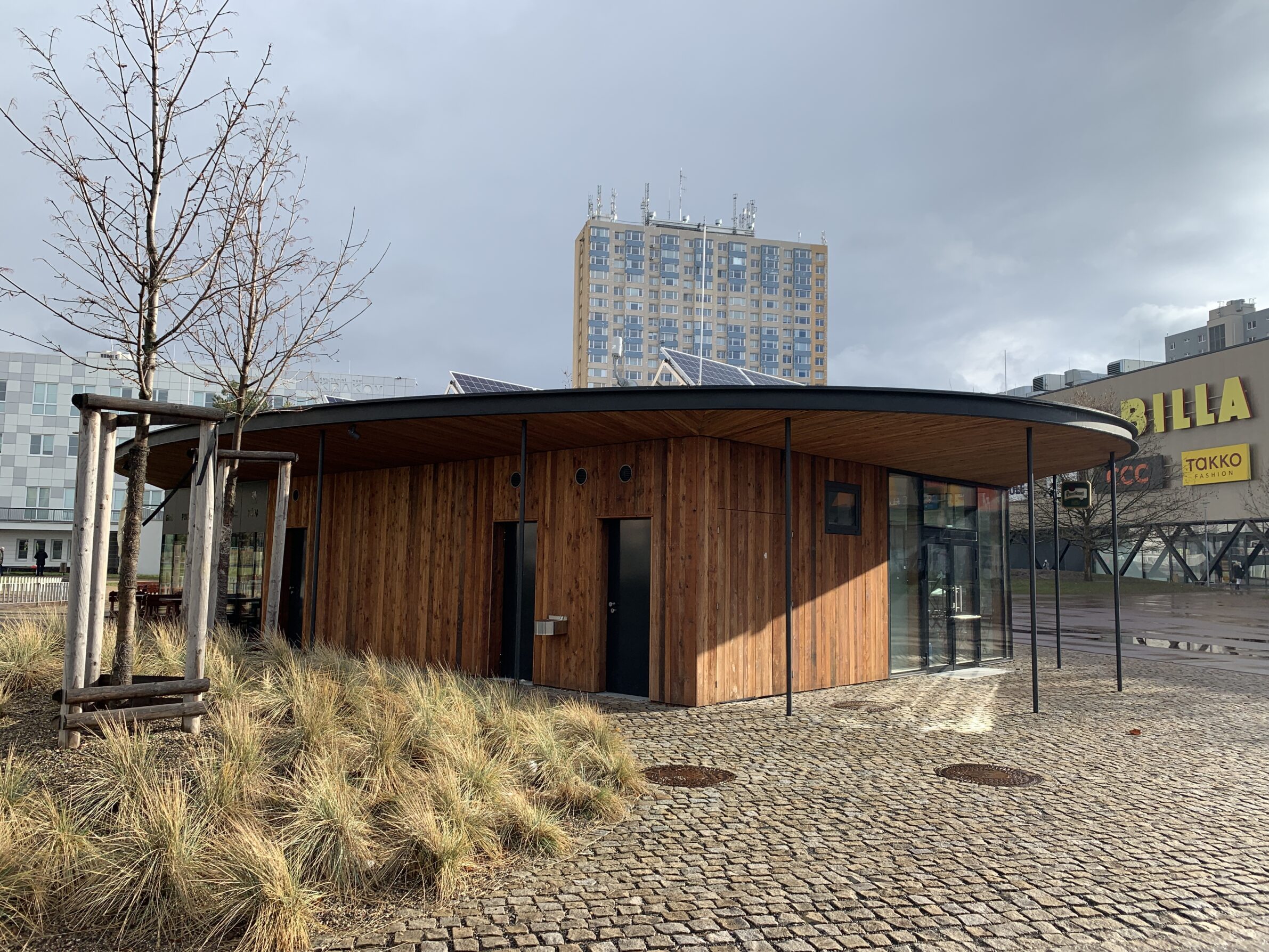
Revitalisation of Krakov Park, Prague, 2018. Architecture: Rusina Frei Architekti; Martin Rusina, Martin Frei, Markéta Poláčáčková, Alena Hrabětová; Landscape: Partero; Jakub Finger, Miroslava Svorová. Photo: Kateřina Eklová
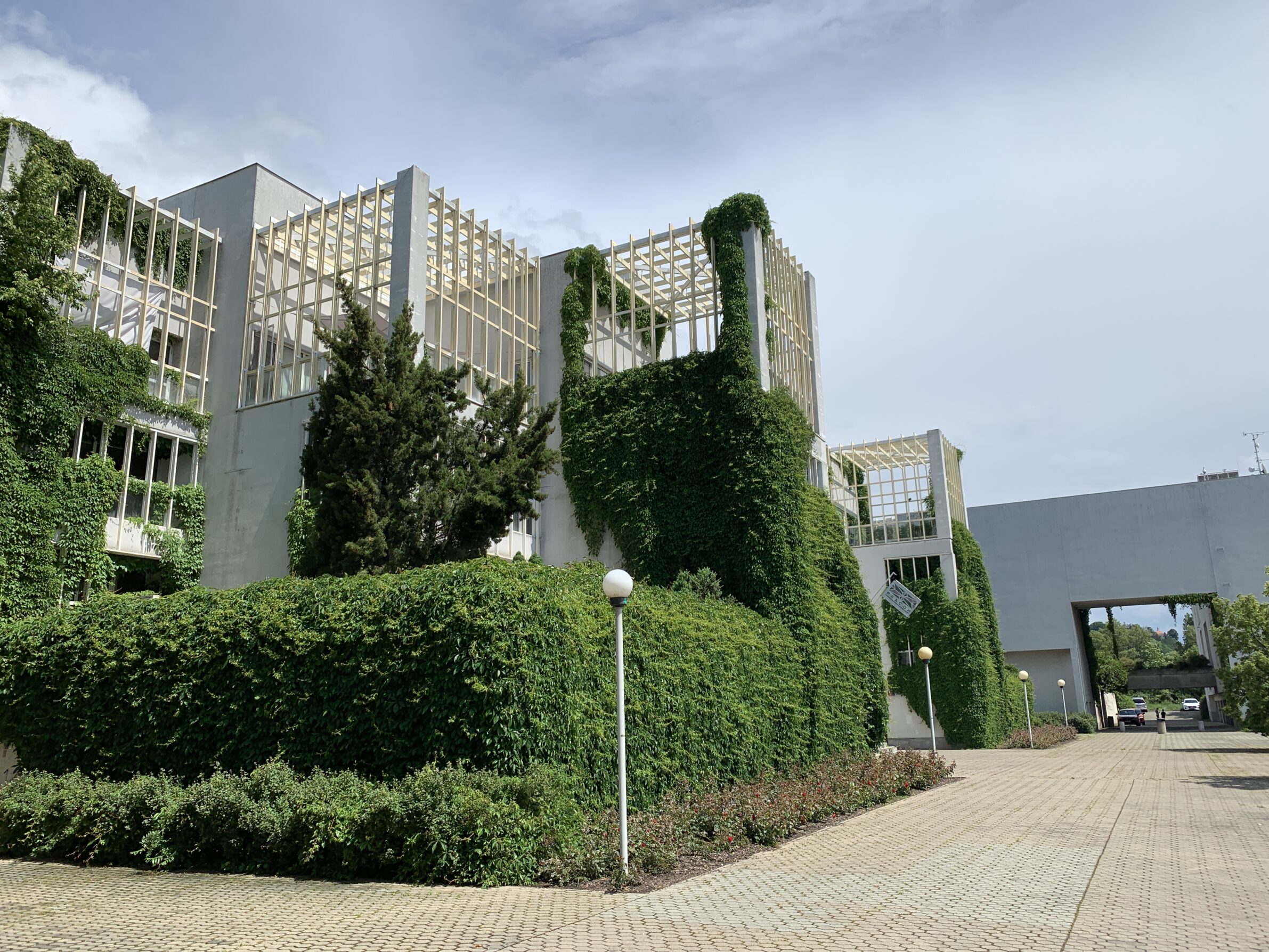
Diplomatic quarter in Prague, 1995, Architecture: Jan Bočan. Photo: Kateřina Eklová
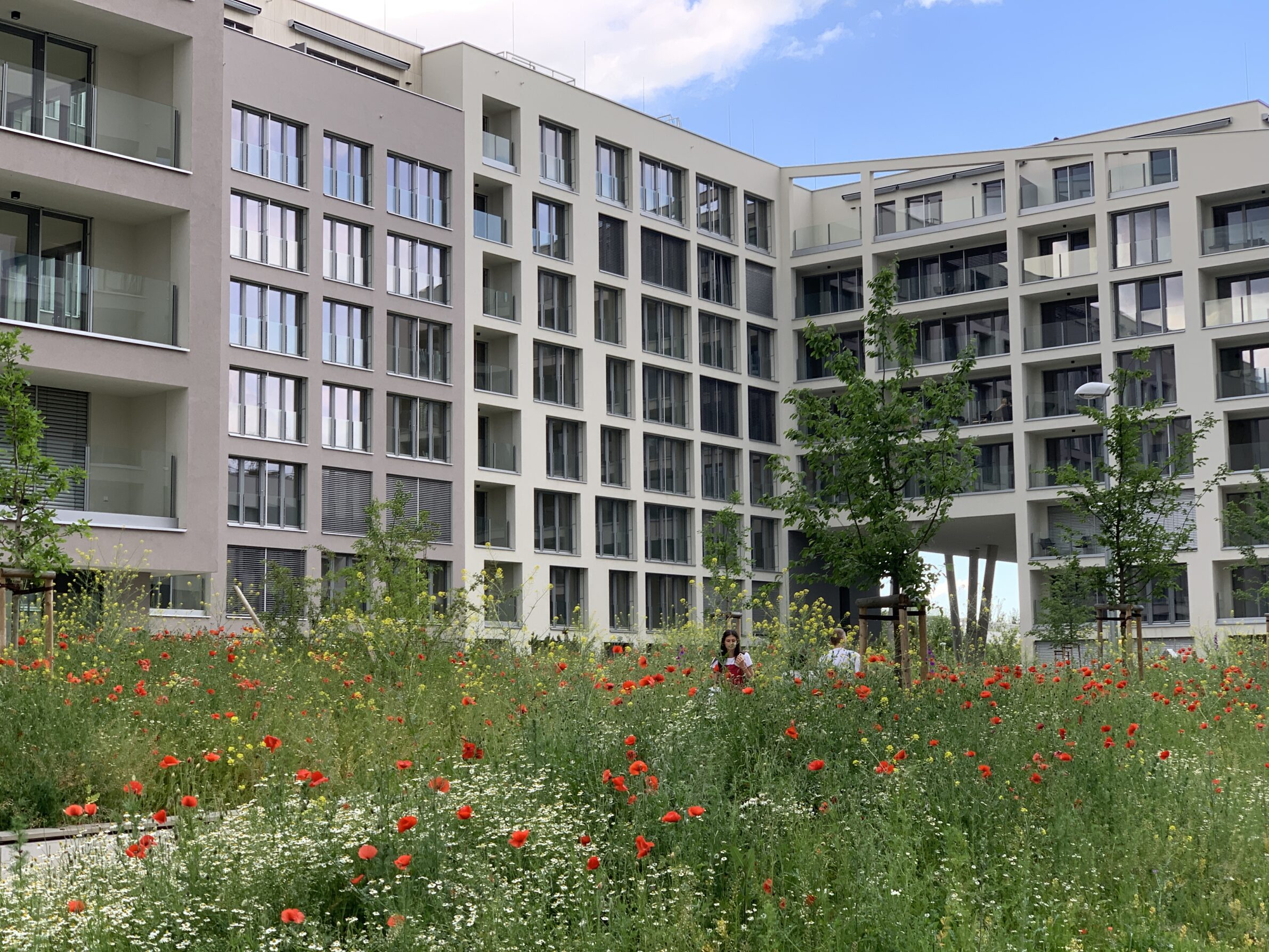
Port Karolina residential building, Prague, 2022. Authors: EBM Expert; Antonín Fürst, Petr Fiala. Photo: Kateřina Eklová
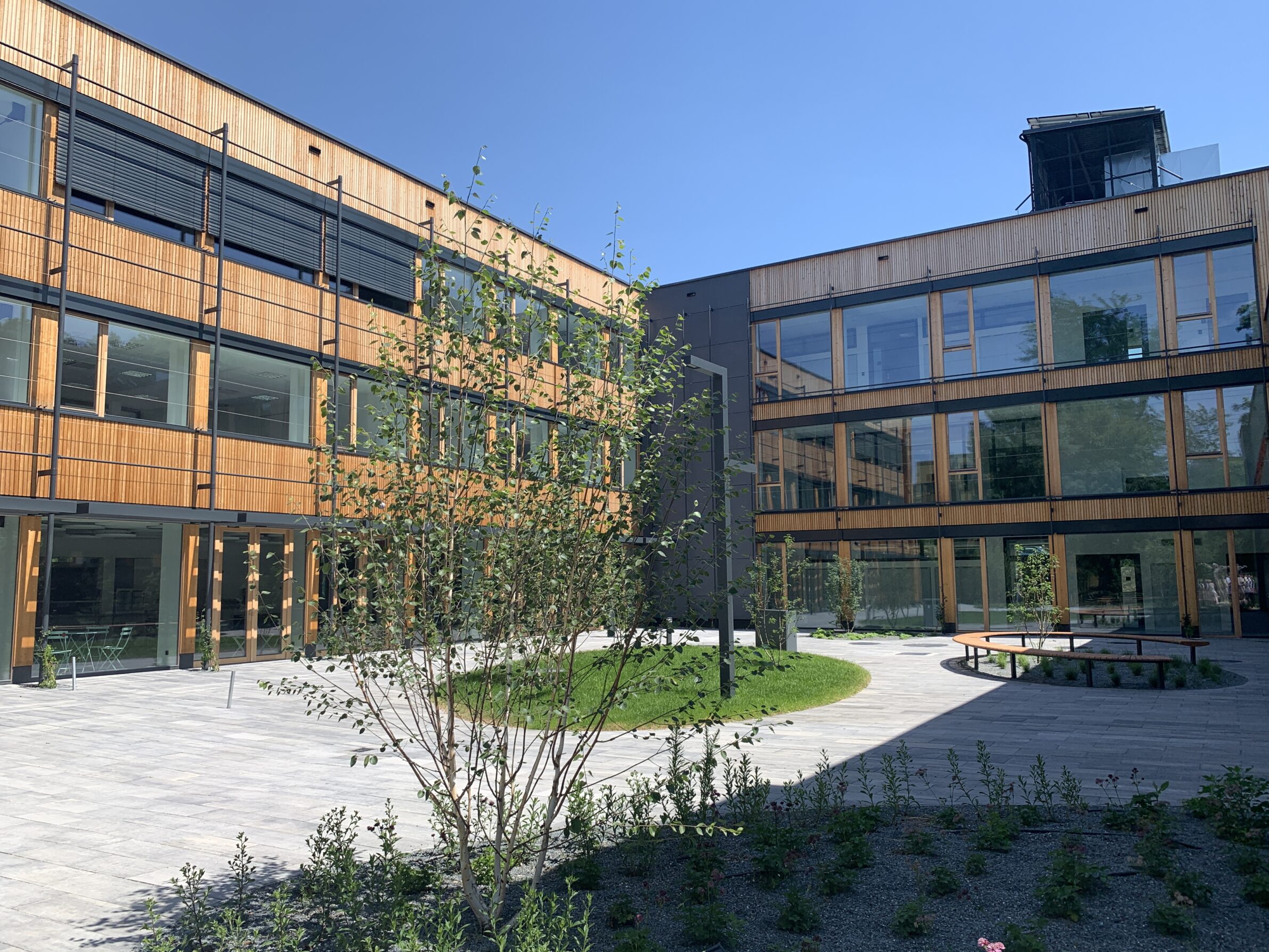
Revitalisation of the Českobrodská School in Prague 9, 2022. Authors: Ecoten. Photo: Kateřina Eklová
Text: Patricija Pirc
Photos: Kateřina Eklová


